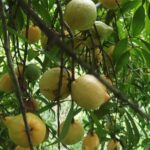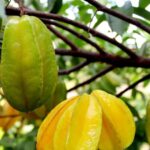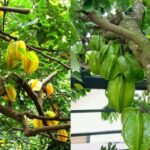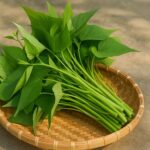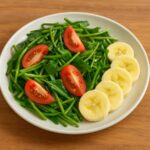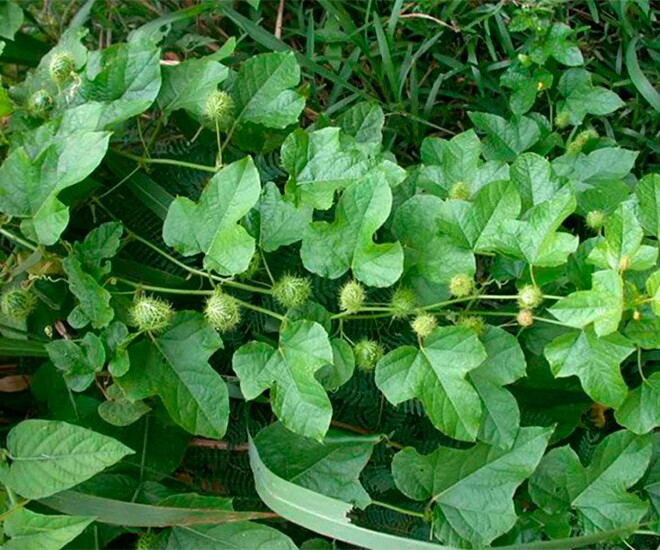
Unveiling the Health Benefits of the Humble Creeping Cucumber
The creeping cucumber, also known as lac tien in Vietnamese, is a versatile plant with a soft, hairy stem and distinctive three-lobed leaves. Its most unique feature is its spring-like tendrils that allow it to climb and cling to surfaces. The small white-purple flowers of the creeping cucumber bear five delicate petals, and its fruits are thin-skinned with a juicy, slightly sweet taste when ripe.
Native to Vietnam, this hardy vine is commonly found across the country, from the northern to southern regions. For many individuals born in the 80s and 90s, the creeping cucumber evokes fond childhood memories. It thrives in wild environments, often growing along fences and ponds, and requires minimal care. The ripe fruits are a delicious wild snack, offering a crisp, sweet taste, and were once primarily fed to livestock rather than consumed by people.
Over time, however, the creeping cucumber has gained recognition for its health benefits. In traditional Vietnamese medicine, it is believed to possess calming properties that aid in treating insomnia, as well as detoxification and cooling effects on the body. Young leaves can be boiled and eaten like vegetables, imparting a subtle bitter taste, while young shoots are cooked in soups, stir-fried with meat or seafood, or enjoyed raw in salads. Dried creeping cucumber leaves also make a soothing herbal tea that promotes relaxation and better sleep.
One unique characteristic of this plant is its saponin content, which creates a soapy foam when in contact with water. This natural reaction may lead first-time washers to mistakenly believe that the vegetable is contaminated with chemicals, but rest assured that it is entirely harmless.
From being a wild vegetable, the creeping cucumber has now become a sought-after delicacy in urban areas. Late spring to early summer is the prime season for this vegetable, and clean food stores in Hanoi and Ho Chi Minh City have started offering it at prices ranging from 100,000 to 120,000 VND per kilogram. Some shops also sell dried creeping cucumber leaves for herbal tea, commanding an even higher price.
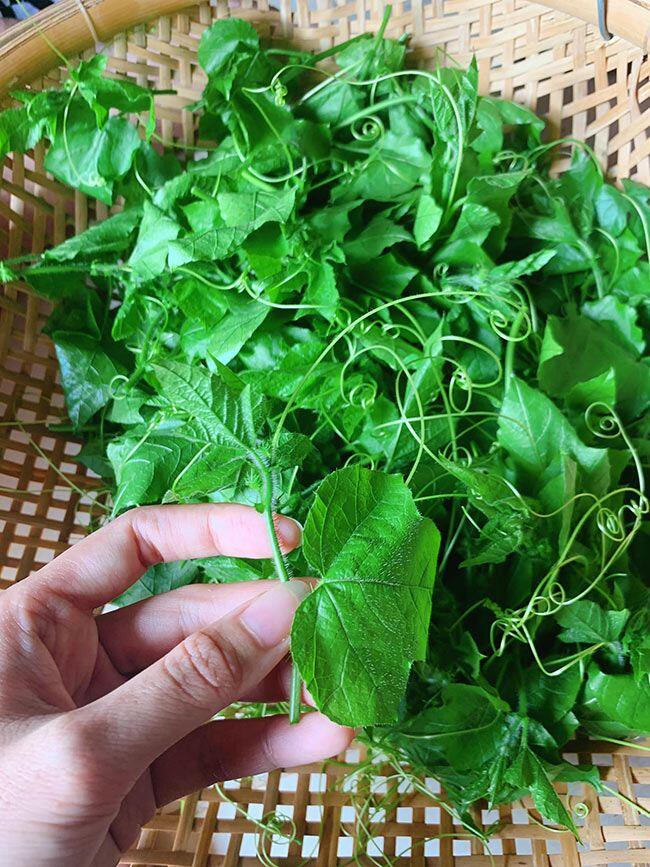
Mr. Van, a native of Phu Tho province, reminisces, “During difficult times, my mother would often gather creeping cucumber leaves to cook soup. Now, if I want to relive that flavor, I have to buy it online.” The main sources of supply are currently the northwestern provinces, with a few small-scale farms cultivating it for herbal medicine businesses. In winter, creeping cucumber becomes scarce due to transportation challenges, driving up prices even further.
Not only is the creeping cucumber popular in Vietnam, but it has also gained recognition in the US and Europe as a valuable herbal remedy. Its composition includes flavonoids, alkaloids, and saponins, which contribute to its anxiolytic and sedative properties, making it effective against insomnia. Additionally, the vegetable is rich in minerals such as iron, calcium, and phosphorus, further enhancing its nutritional profile.
Health Benefits of Creeping Cucumber
Supports Wound Healing and Detoxification
According to the Chinese Herbal Medicine Dictionary, the fruits of the creeping cucumber possess sweet and neutral properties. They are believed to clear heat, detoxify, and promote diuresis. Traditionally, the fruits have been used to treat coughs caused by lung heat, edema, skin ulcers, and foot ulcers.
Calms the Mind and Enhances Sleep Quality
In the book Traditional Medicine and Clinical Applications by Professor Hoang Bao Chau, the dried vines, leaves, and flowers of the creeping cucumber are said to have calming effects, soothe the liver, aid in deeper sleep, and alleviate headaches and stress. Additionally, it can be combined with other herbs to treat dysentery, skin inflammation, scabies, and abscesses, either for drinking as a decoction or for external washing.
Cools and Detoxifies the Body
Rich in vitamin C, the creeping cucumber helps to cool and detoxify the body, preventing boils and reducing the occurrence of urticaria. It also supports the prevention of skin infections.
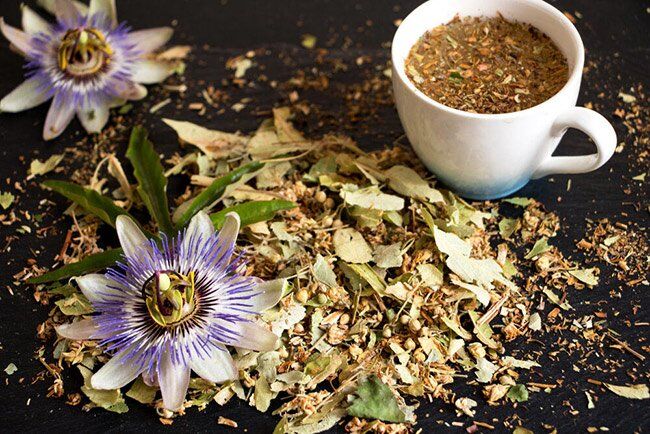
Alleviates Menopausal Symptoms
The flavonoids present in creeping cucumber help reduce hot flashes, abdominal pain, fatigue, and stress in menopausal women.
Hydrates and Prevents Dehydration
The creeping cucumber is an excellent source of water, vitamins, and minerals, aiding in rapid rehydration, replenishing electrolytes, and combating fatigue caused by dehydration.
Traditional Uses of Creeping Cucumber
Treats Nervous Breakdown and Insomnia
Herbal tea: Infuse 8-16g of dried creeping cucumber in hot water. Alternatively, combine it with mulberry leaves, dandelion leaves, and lotus plumule to make a concentrated syrup, consuming 2-5g daily before bedtime.
Vegetable consumption: Young leaves and shoots can be cooked and eaten as a regular vegetable.
Herbal concentrate: Consult reputable traditional medicine facilities for proper preparation techniques and dosage.
Calming and Cardiovascular Support
Combine 20g of creeping cucumber with 12g lotus seeds, 12g mulberry leaves, 10g bamboo leaves, 15g wild grass, 10g mulberry leaves, 6g licorice, 6g skullcap, and 10g fried peach kernels. Boil in 600ml of water, reducing it to 200ml, and consume throughout the day.
Stress and Fatigue Relief
Use 300g of creeping cucumber (vines, leaves, and fruits), sun-dried or slightly stir-fried, along with 200g corn silk and 100g centella. Boil in 500ml of water with 1/4 teaspoon of salt, reducing it to 200ml. Consume twice a day, at noon and in the evening, for seven consecutive days to alleviate stress and anxiety.
Note: The above remedies are for reference only. Always consult a traditional medicine practitioner or a traditional medicine expert before using any of these remedies to ensure safety and effectiveness based on your health condition.
The Forgotten Wild Fruit: From Neglect to Summer Delicacy, City Dwellers Drive Up Demand with a Price Tag of 180,000 VND/kg
This forest berry has a unique sweet and sour taste, perfect for those who enjoy a tangy twist. It is a versatile fruit that can be enjoyed fresh or used as an ingredient in sour soups and fish dishes. For those who wish to enjoy this fruit all year round, many online vendors also offer dried versions, ensuring a tasty treat whenever desired.
“Attract Wealth with the Carambola Tree: A Golden Opportunity for Prosperity”
“The humble carambola, or star fruit tree, is not just a pretty addition to your garden, but a versatile plant with a multitude of uses. This unique tree provides an abundance of benefits, from its delicious, tangy fruit to its medicinal properties and ability to enhance the feng shui of your home. With its vibrant, eye-catching shape and flavor, the carambola is a true superstar among fruit trees, offering a wealth of advantages that will elevate your health, your home, and your taste buds.”
“Attract Wealth and Prosperity: The Ultimate Guide to Choosing the Perfect Feng Shui Plum Tree for Your Home”
The Feng Shui Carambola tree is a beautiful and auspicious addition to any home or garden. With its vibrant, lush foliage and unique fruit, this tree is believed to bring good fortune and prosperity to its owners. Not only is it aesthetically pleasing, but the Carambola tree also has a rich history in traditional medicine, with its leaves and fruit believed to possess healing properties.
Superfood Forgotten: Purslane, Nature’s Beauty and Health Secret.
Water spinach, a humble vegetable that is a familiar sight on Vietnamese dinner tables, boasts an impressive nutritional profile. Packed with vitamins and antioxidants, it is not only beneficial for overall health but also acts as a natural “sunscreen” for the skin. Despite its exceptional qualities, water spinach remains underappreciated in many rural areas.

























